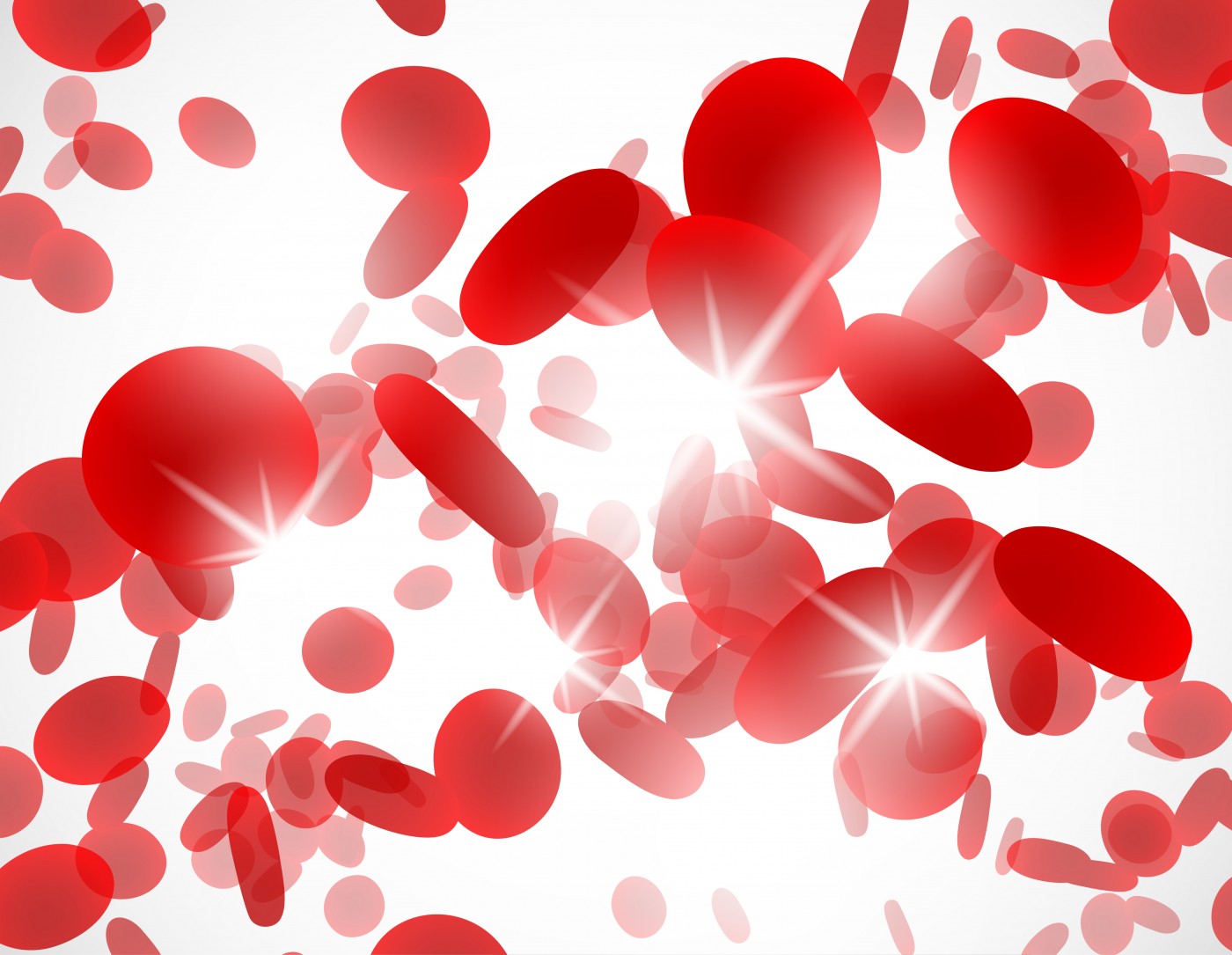Arginine Therapy May Alleviate PH in Thalassemia Patients

The amino acid arginine may contribute to pulmonary hypertension in patients with thalassemia, a disorder that leads to abnormal oxygenation of blood. A team of researchers from the Thalassemia Clinical Research Network conducted a study demonstrating that abnormal release of the enzyme arginase leads to a lack of bioavailable arginine, leading to downstream effects on blood pressure. After studying 27 patients with thalassemia, the researchers now have a clearer picture of why pulmonary hypertension can be present in these patients.
“We are finding that arginine dysregulation is an important hematologic mechanism beyond sickle cell disease,” said first author Claudia R. Morris, MD, in a news release from Emory University. “This new study shows that it plays a role in thalassemia patients as well and may contribute to cardiopulmonary dysfunction. Interventions aimed at restoring arginine bioavailability could be a promising area of focus for new therapeutics.”
Arginine dysregulation in thalassemia patients begins with red blood cell rupture. When these cells rupture, their contents are spilled into the bloodstream. Arginase, an enzyme that is released in the process, disrupts arginine metabolism and ultimately leads to low bioavailability of arginine. Arginine is an essential intermediate in the synthesis of nitric oxide, which is a molecule that induces vasodilation of the blood vessels. With faulty vasodilator machinery, patients experience tightened pulmonary veins and capillaries, leading to increased blood pressure and pulmonary hypertension.
In the researcher’s article, “Dysregulated Arginine Metabolism and Cardiopulmonary Dysfunction in Patients with Thalassaemia,” which appeared in British Journal of Hematology, the team analyzed the 27 recruited patients for signs of red blood cell rupture, serum biomarkers, and clinical evidence of poor cardiopulmonary function. Low levels of arginase activity correlated well with echocardiographic and cardiac magnetic resonance imaging results that suggested the presence of pulmonary hypertension.
As a result of the knowledge gained in this study, it may be interesting to investigate arginine therapy in individuals with thalassemia to prevent or treat pulmonary hypertension. Already, arginine therapy has been shown to be effective in helping alleviate the symptoms of acute pain episodes of sickle cell disease, which is another disease that affects red blood cells.







